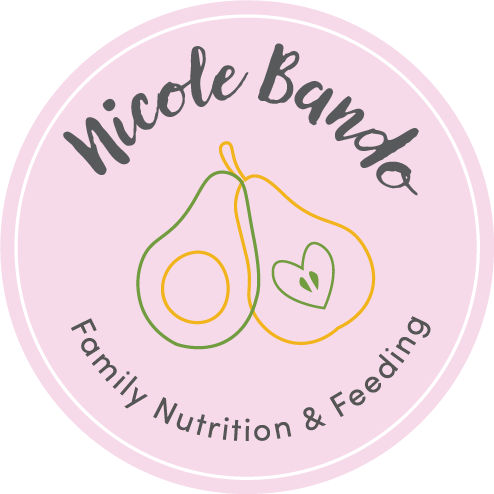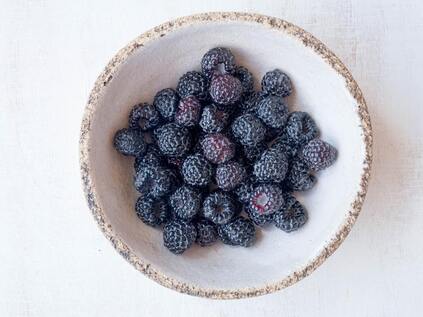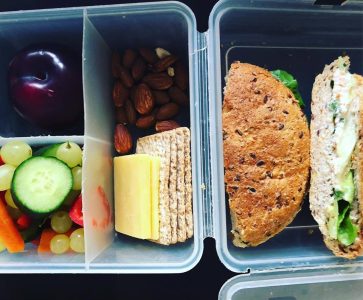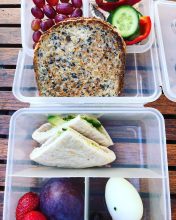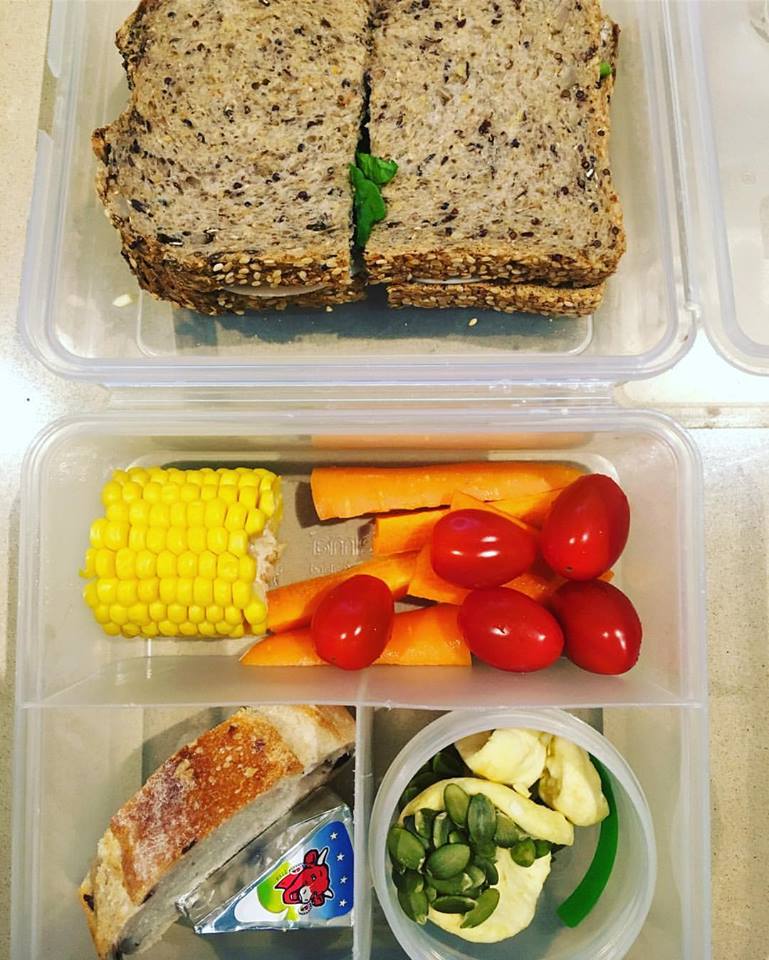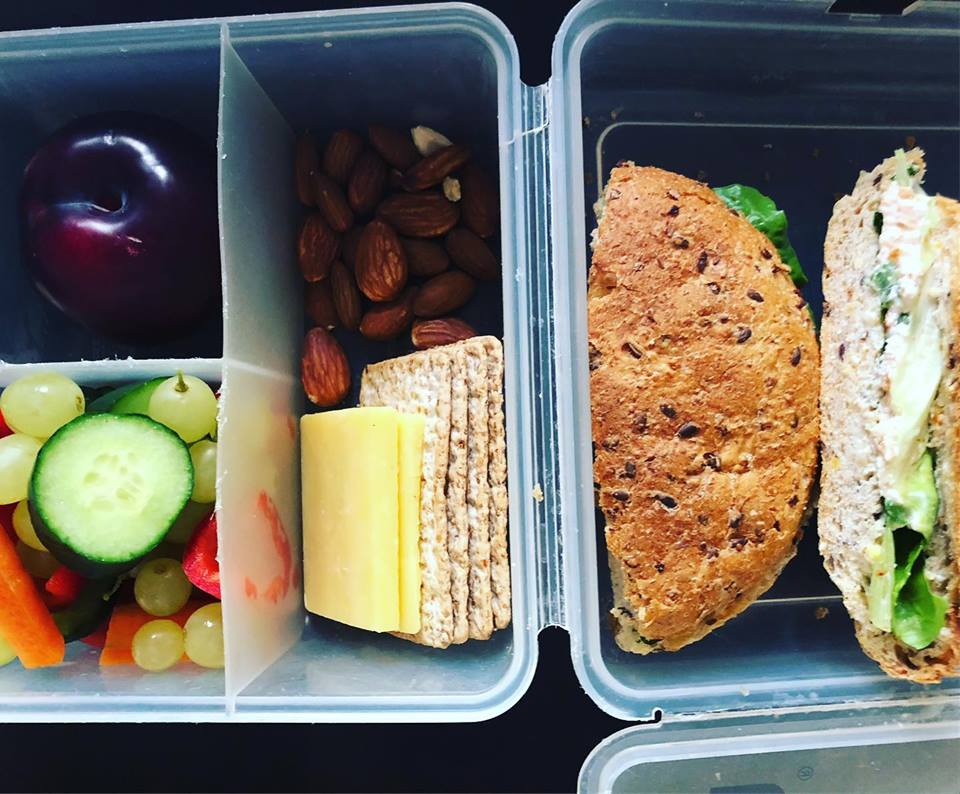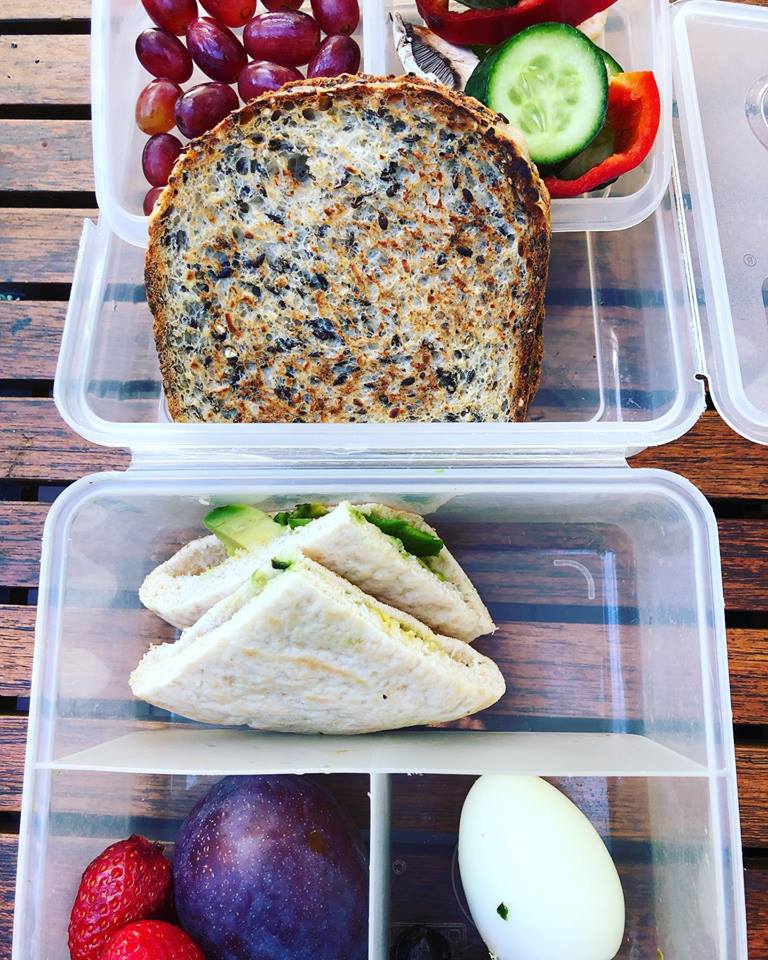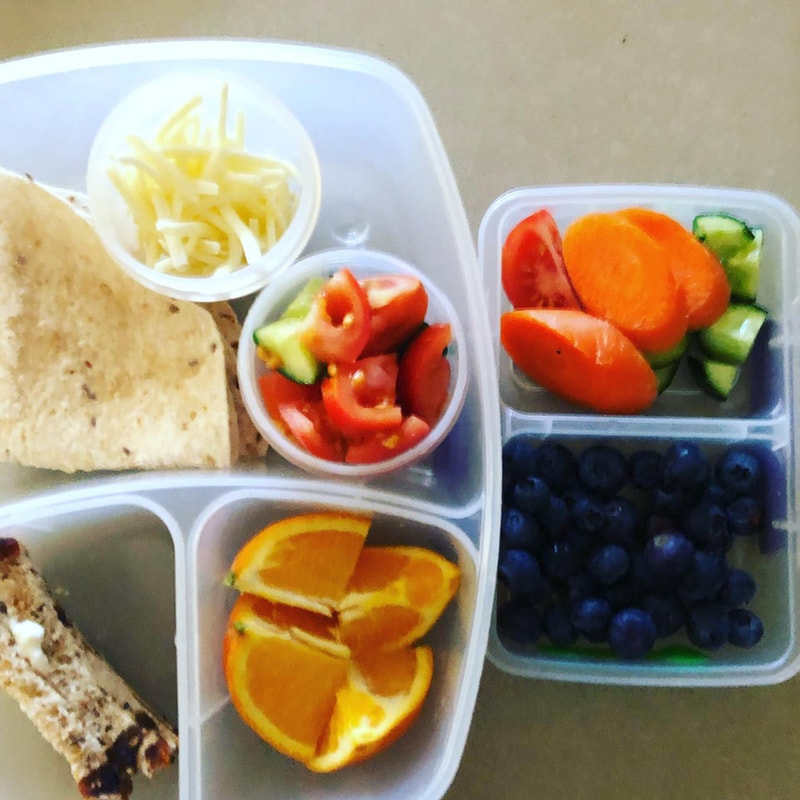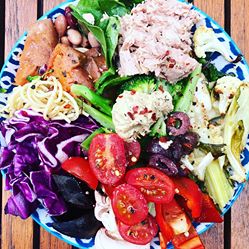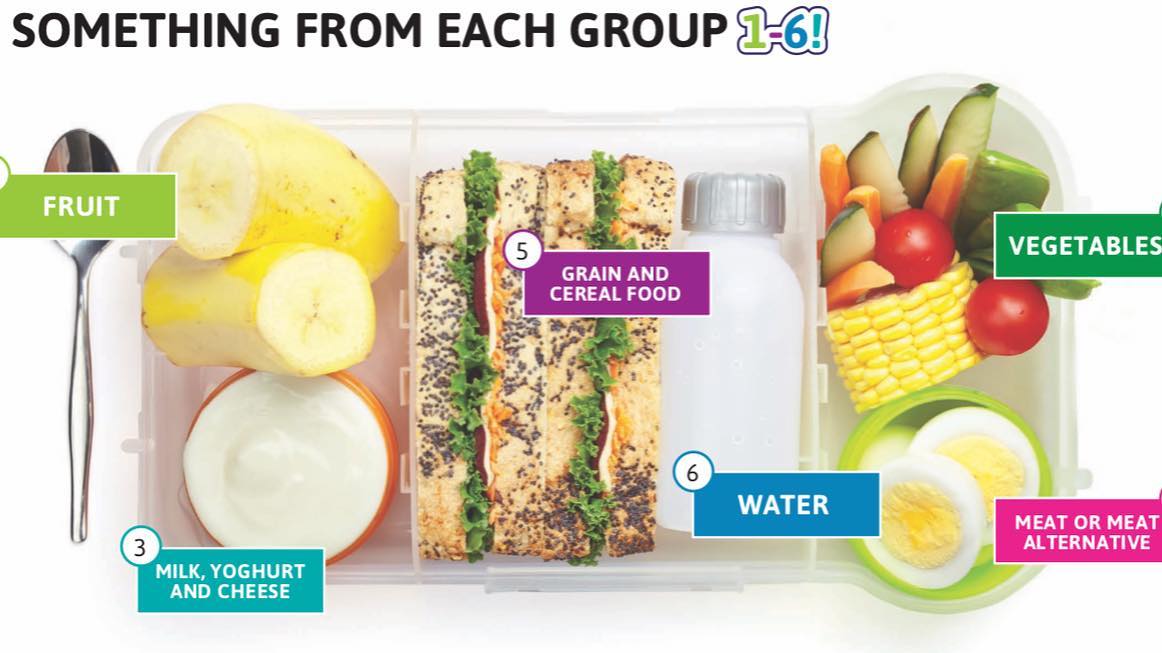
By Nicole Bando, Family & Paediatric Dietitian & Lactation Consultant
With school on the horizon, it’s time to start thinking about your child’s lunch box. The lunch box provides up to 40% of a child’s daily intake and presents a vital opportunity to fuel rapid growth, development & learning. A well-packed lunch can maximise a child’s concentration and learning ability by sustaining energy levels, promoting gut health, stabilising mood, encouraging healthy growth and building healthy habits to take into their adult years.
How to pack a balanced lunch box:
- Cover the 5 food groups to ensure that your child is receiving all the nutrients they need.
- For example: fruit, chopped vegetables, small tub of yoghurt, wholegrain sandwich with cheese and salad.
- Include protein (egg, tofu, tuna, lean meat, baked beans seeds, nuts (if permitted), dairy) & slow release carbohydrates (wholegrain breads, crackers, dairy foods, fruit, popcorn, pasta spirals, other grains). This will ensure they do not come home starving and over consume during the afternoon and evening.
- Present the same foods in different ways: e.g. cucumber slices, sticks, whole baby cucumbers
- Treat foods should only appear sometimes, once every week or two. Consider where your child may be receiving other treats, do they need them in their lunches too? (This includes home baked goods, muesli bars, fruit straps, pretzels, juice, chips, etc.)
- Involve the children in lunch prep – ask what they would like within reason e.g. carrot or cucumber
- Continue to send new foods, even if they come home at first. If they are not offered, your child will never try them. Presenting foods frequently helps to normalise them as part of their daily diets.
- If lunch comes home uneaten, offer as an after school snack, before offering an alternative.
- If your child only likes Vegemite sandwiches, switch to wholegrain bread, add some fruit, veg & dairy to their lunch boxes for balance.
Remember that even small changes are positive, so try simple swaps such as:
- Swap a processed snack for a piece of fruit
- If vegetables are no longer sent, start by sending one or two pieces each day. Acceptance takes time and with persistence the food will be tasted & even eaten.
- Swap a less nutritious snack for something better e.g chips for popcorn, or banana bread for a regular sized piece of raisin bread with cream cheese.
- This can be a tricky area to navigate for families, please come and see me for advice to help your kids achieve their best growth and learning potential through nutrition.
For more information, see these links: Nutrition Australia: https://heas.health.vic.gov.au/schools/healthy-lunchboxes
Follow Nicole on Facebook @NicoleBandoAPD or Instagram @nicolebandoapd for more nutritious family ideas
www.nicolebando.com
Image courtesy of https://heas.health.vic.gov.au/sites/default/files/pick-mix-lunchbox-poster.pdf
